Tadao Ando first met art collector Francois Pinault- France’s own Charles Saatchi- in 2001 when he was selected in an international competition to design the Foundation Francois Pinault pour l’art contemporain, on the bank of the River Seine in Paris. When the project fell through, Pinault again approached Ando to renovate the 18th century Palazzo Grassi on the Grand Canal of Venice. Though the Palazzo Grassi is beautiful, there were severe preservation guidelines that prevented Pinault creating the contemporary art gallery he so wanted. Beating a proposal to expand their own collection by the Guggenheim Foundation, Pinault and Ando won the proposal to renovate the Punta Della Dogana, further down the canal near Accademia. Ando said of the building, which was completed in 2009: “We were again faced with the theme of how to produce a modern space while drawing out the latent power of the original building. By exposing the bricks of hidden walls and the wooden roof trusses that had been concealed during the frequent renovations, I wanted to further emphasise the charm of the spaces by adding just a few new architectural elements, while highlighting the individuality of the building.”
Sited on the furthest tip of the Dorsoduro, the original building takes on the shape of the triangular volume of the land. The old building of the Punta Della Dogana is brought into the present by a concrete cube inserted into the full height of the museum from which all routes are brought together. Ando’s renovation strips back the building to its original form, showing off its classic Venetian traits, while at the same time juxtaposing them with monolithic, smooth, grey concrete. You can also see echoes of the Italian master Carlo Scarpa, with the twenty water gates that perforate the ground floor designed by Ando. The building remains distinctly Venetian- with glimpses out to the Grand Canal through the semi-circle windows- but the success of the project has been the subtlety Ando has employed in the renovation: in other words, he has let the original building do the talking, and not his own architecture.
Caroline Bourgeois has curated an exhibition at the Punta Della Dogana titled In Praise of Doubt, that discusses our certainties about our identity, our relation with personal space and the space of Art. As Bourgeois says: “in Praise of Doubt we are referring to intimacy… The artists presented in this exhibition are interested in what is perceptible, what we can do, who we are, the clichés which we- as they- must deal with, and how in one’s interior life one must wonder about and question oneself.” Each room is dedicated to one artist, most of which have never been exhibited in Venice, apart from a few staple pieces, such as Cattelan’s horse, which has become a virtual symbol of Punta Della Dogana. Artist Julie Mehretu was specially commissioned for Ando’s central concrete cube, taking inspiration from the architecture and history of Venice, Mehretu has created two large canvases full of expressive squiggles and line drawings. One is horizontal, and one is vertical, to reference the tradition of Renaissance painting, where horizontal painting represented everyday life, and vertical painting represented religious themes. In many ways, this exhibition, along with it’s sister gallery Palazzo Grassi’s exhibition Voice of Images, could be seen in the same vein as Saatchi’s Sensation exhibition in 1997.







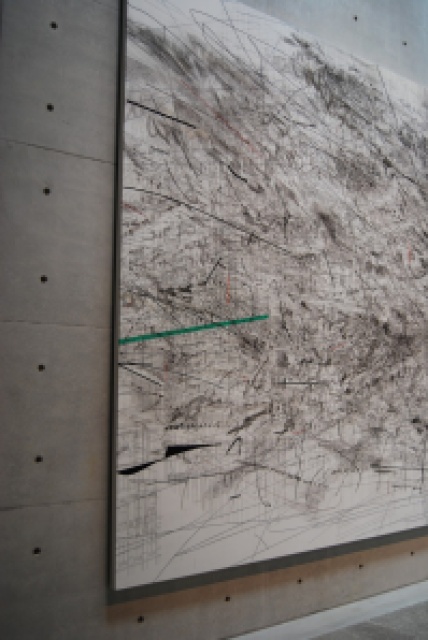


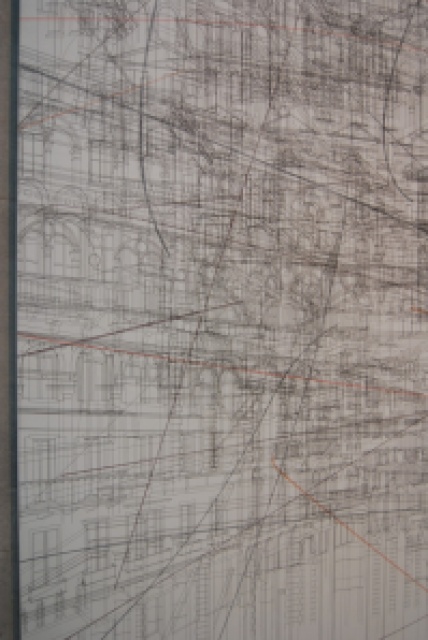
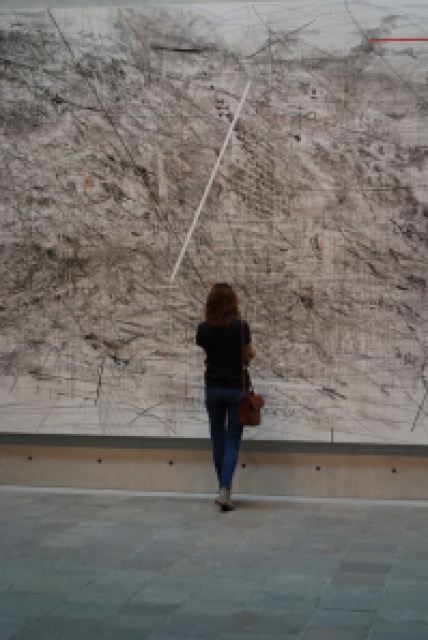

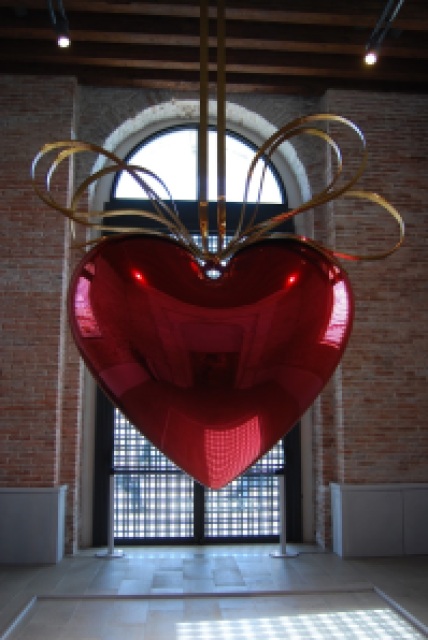





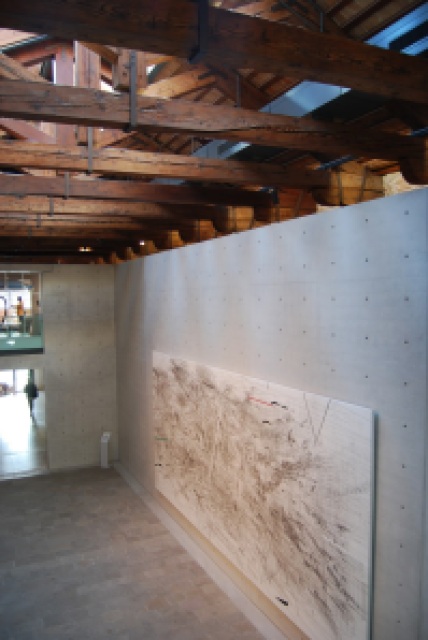
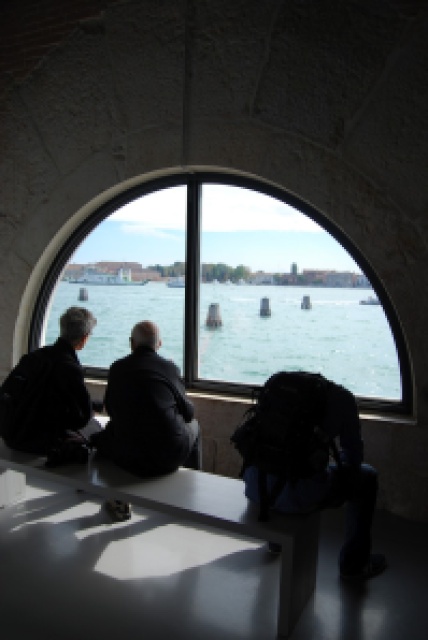

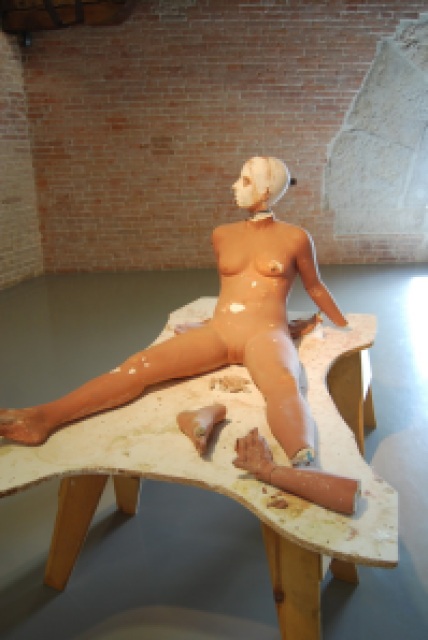





Pingback: Travel: a weekend in Venice off the beaten track - cate st hill